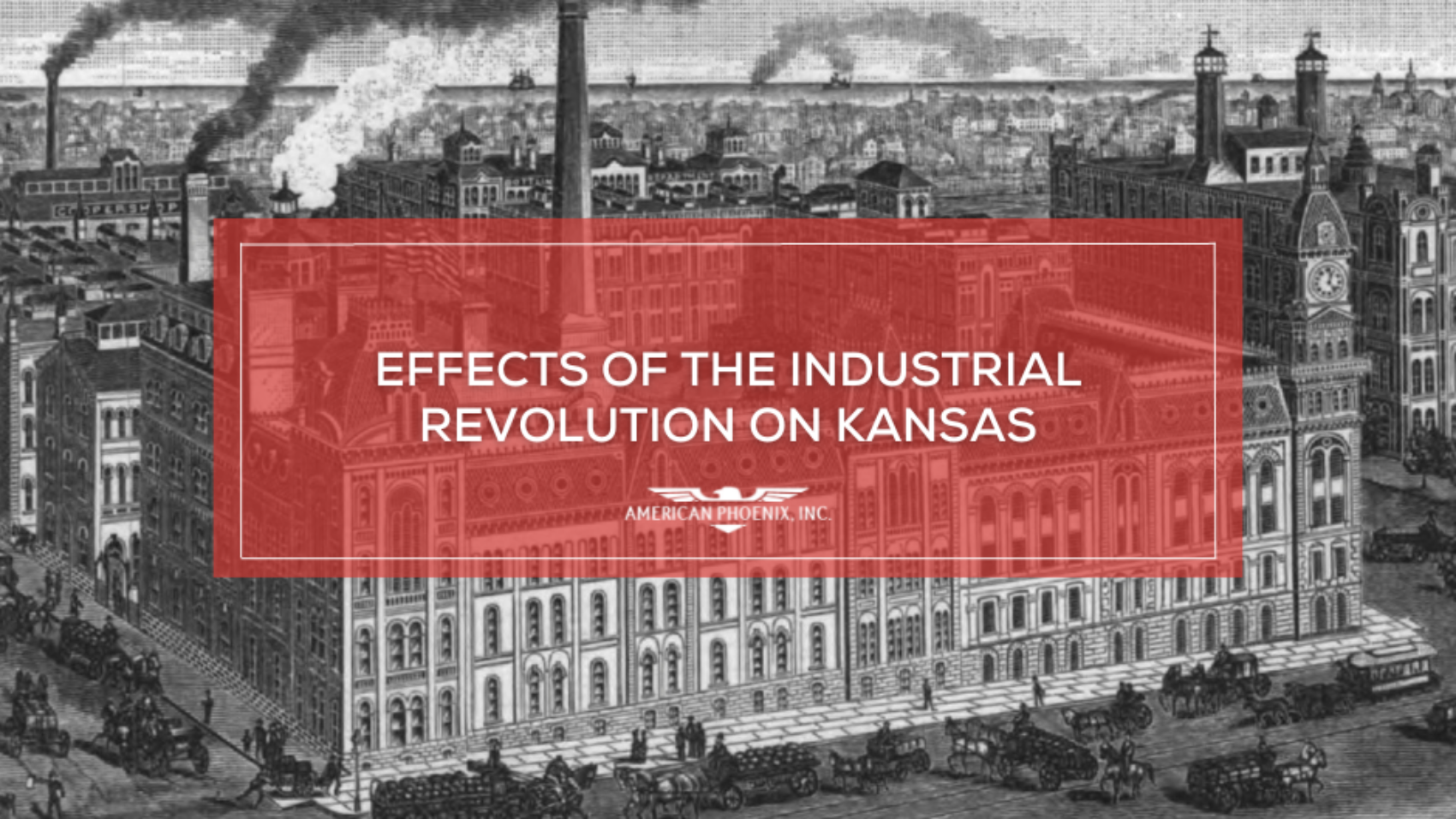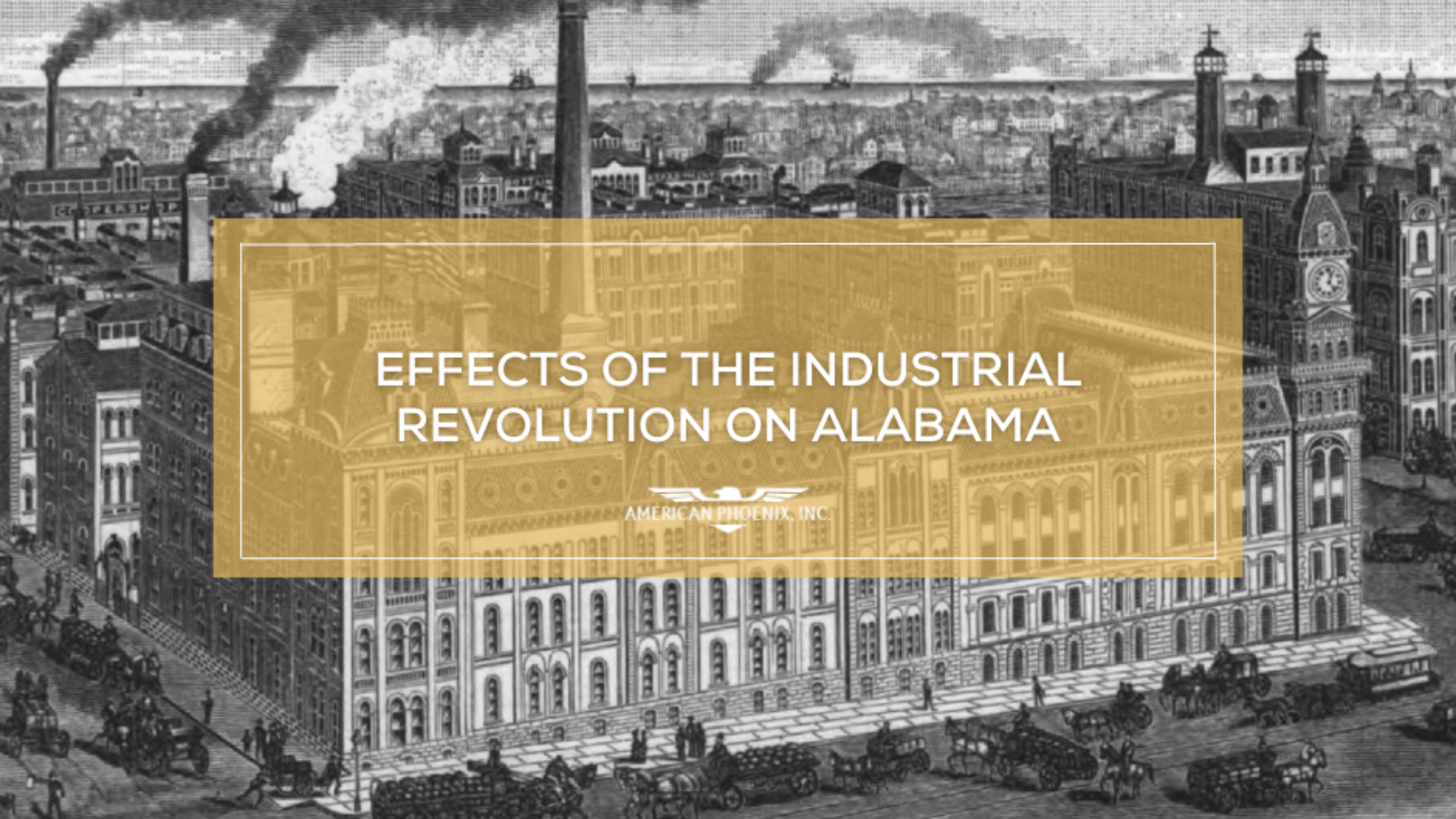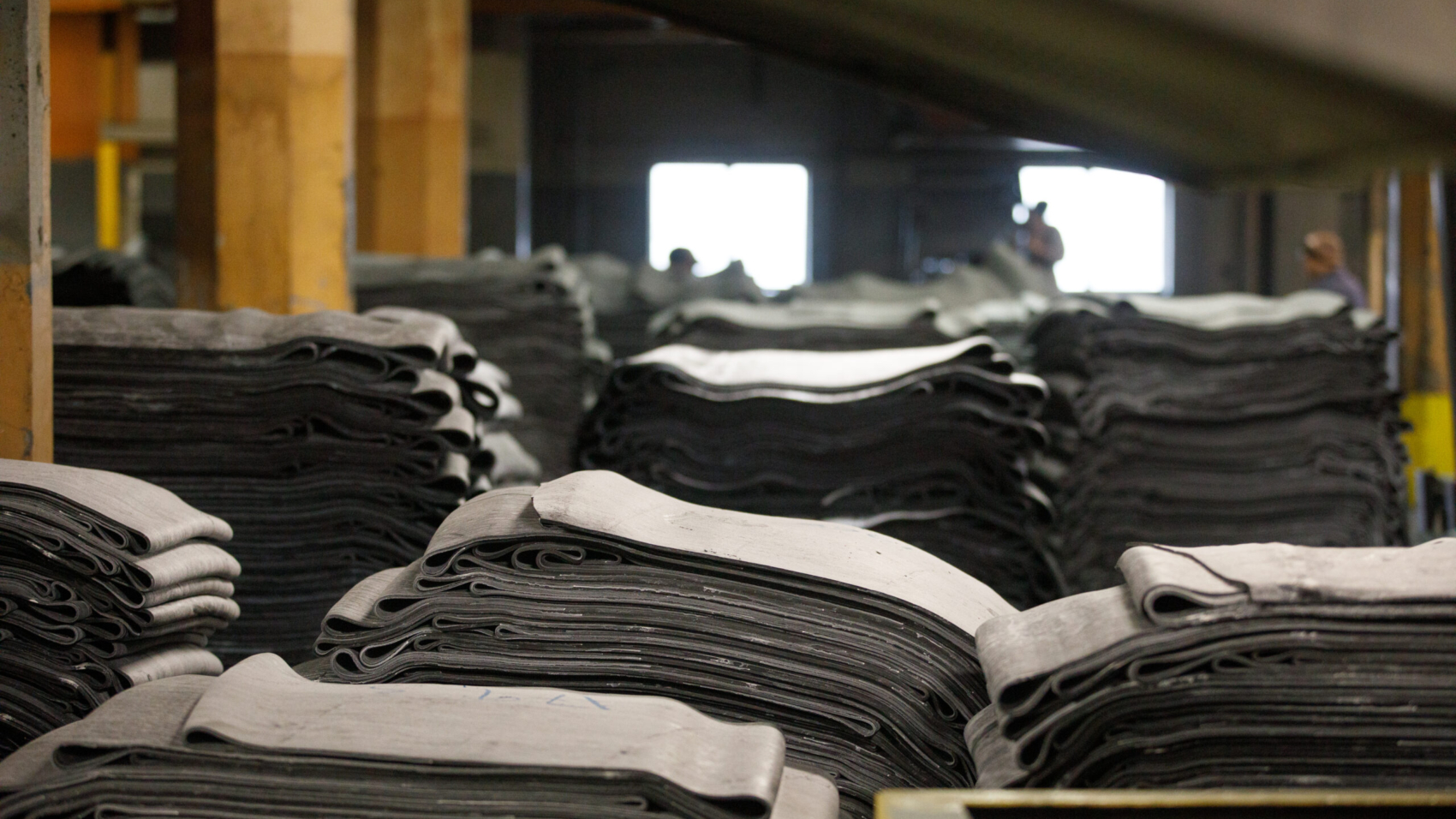To round out our Industrial Revolution-themed “Tour de API Plants” series, we have Kansas. This centralized major agricultural state became a significant national manufacturing hub during this time via technological innovations, urbanization, and infrastructure development.
The effects of the Industrial Revolution in the United States reached far and wide, including the heartland state of Kansas. This transformative period had a profound impact on the Sunflower State, where agriculture met industry and manufacturing took root in the Great Plains.
Technological Advancements and Industrial Expansion
Known as the “Wheat State” and “Breadbasket of the World,” Kansas has a long history of being a prominent farming state. During the late 19th and early 20th centuries, new technologies and machinery, such as steel plows, threshers, and mechanical reapers, allowed Kansas farmers to increase their productivity significantly. This led to the expansion of agriculture and the birth of large-scale commercial farming.
The state’s other abundant natural resources, including coal, lead, zinc, and salt, contributed significantly to its economic development. Mining for these and other mineral deposits became a top industry for the state, and companies began producing commercial products using these materials.
Technological advancements in manufacturing processes at the time quickly revolutionized production, and Kansas cities became hubs for manufacturing products such as stoves, washing machines, and other furniture. Factories began to sprout up, adopting mass-production techniques that made goods more accessible and affordable to consumers. This shift diversified the state’s economy, providing new opportunities for employment and growth beyond just the fields and mines.
Urbanized Transportation and Infrastructure Development
As Kansas became more industrialized, the need for improved infrastructure, including roads, railways, bridges, and utilities, became evident. Government and private investments were made to develop and modernize cities across the state, facilitating economic growth and urban expansion
The state’s strategic location in the country’s center made it a vital transportation hub. The construction of railroads facilitated the movement of goods and people, connecting rural communities to urban centers and linking Kansas to the broader national market.
As industries flourished and railroads crisscrossed the state, Kansas saw the rise of urban centers, and cities like Wichita, Topeka, and Kansas City experienced rapid growth as people flocked to these emerging industrial hubs in search of work and opportunity. Skyscrapers replaced silos, and bustling streets replaced quiet country lanes.
Workforce Growth and Workers’ Rights
As industries boomed, so did the need for a workforce, and the Industrial Revolution created new job opportunities in Kansas, particularly in the manufacturing, mining, and transportation sectors. Factories required a skilled workforce to operate machinery and perform various tasks, increasing labor demand. Jobs such as machinists, textile workers, and railroad employees became prevalent.
However, the growth of industrialization brought challenges for workers, including long hours, low wages, and often unsafe working conditions. In response, labor unions and workers’ rights movements gained momentum in Kansas, which advocated for better pay, fair treatment, and job security. Strikes and collective bargaining efforts became part of the struggle for workers’ rights, shaping the labor landscape for generations to come.
The effects of the Industrial Revolution in Kansas were transformative, forever shaping the state’s economy, society, and landscape. Today, as we look at the thriving manufacturing sector in the state, we can trace its roots back to the era when Kansas embraced industry and became an integral part of the nation’s industrial tapestry.
For more history lessons about the Industrial Revolution, check out these articles on Alabama, North Carolina, Oklahoma, Virginia, and Wisconsin.
For more articles From the Plant, check out our blog.




